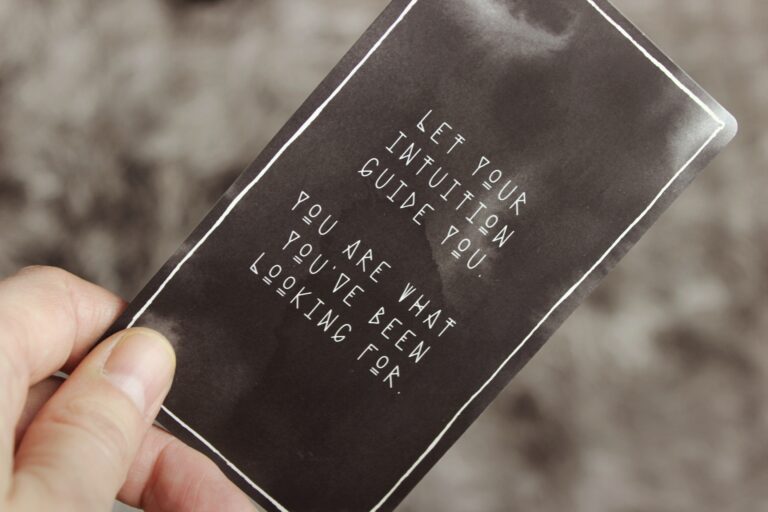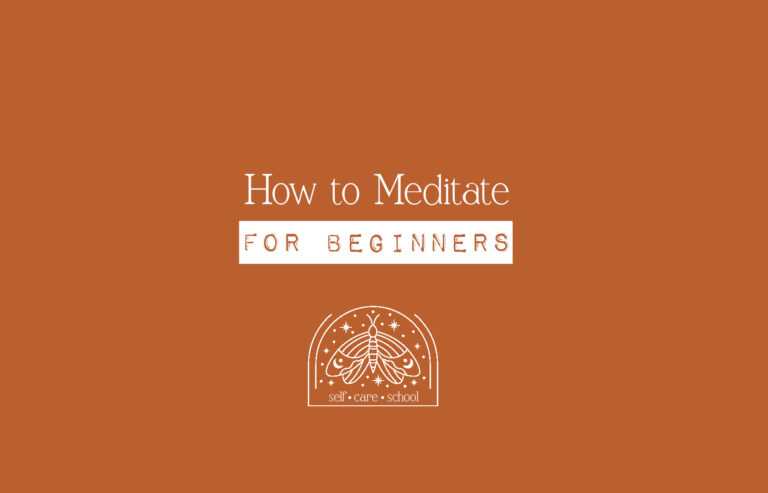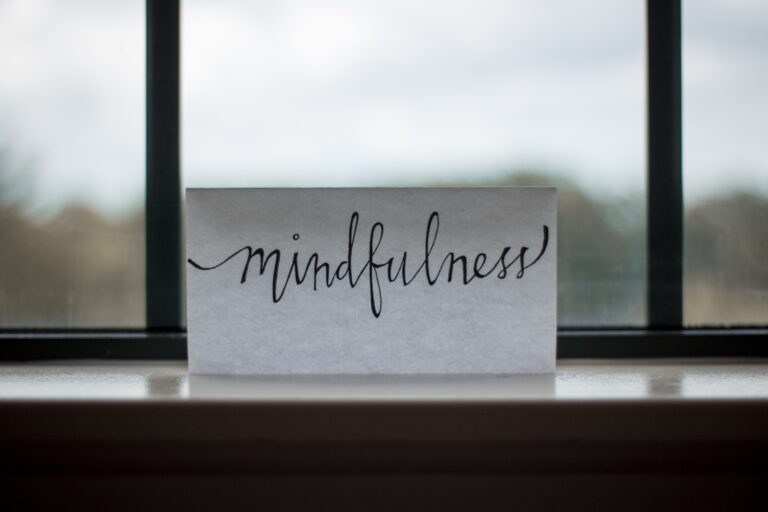How to Practice Body Neutrality
Body image is a touchy issue. It seems like it’s more common than not to have some hang-ups about the way we look. In a world that’s constantly bombarding us with images of “perfect” bodies, it’s no wonder that so many of us struggle with our self-image.
One of the ways our culture has responded to this issue is by promoting “body-positive” messages. This is a movement that encourages people to love and accept their bodies just the way they are.
Why is the Body Positivity Movement Toxic?
While this is a step in the right direction, there are some problematic aspects to body positivity as well. Critics of the body positivity movement argue that:
- it puts the focus on appearance instead of health
- it can inadvertently promote an “us vs. them” mentality, with those who fit the ideals of body positivity being seen as superior to those who don’t
- it can be exclusionary since not everyone feels comfortable embracing their bodies in the same way
- it forces people to bypass their negative feelings about their bodies and just “fake it ’til they make it”
Some feel that these problems make body positivity just as toxic as the ideals of mainstream culture.
So… what’s the alternative?
Body Neutrality: An Alternative to Toxic Body Positivity
If you’re not comfortable with the idea of body positivity, or if you feel like it’s not working for you, there’s another option: body neutrality.
Body neutrality is the belief that you can be happy and healthy without obsessing over your appearance. It’s about accepting your body as it is and making peace with the way you look.
This doesn’t mean that you have to love your body or think it’s perfect. It just means that you’re no longer at war with it.
You’re not constantly critiquing yourself or trying to change the way you look. It puts the focus elsewhere entirely so that how you look isn’t taking up so much of your awareness.
Some of the ways you can practice body neutrality are:
- Shift your focus from your appearance to your health: instead of thinking about how you look, focus on how you feel. How is your energy level? Are you sleeping well? Eating nutritiously? Exercising regularly? When you focus on taking care of yourself, it’s easier to let go of negative thoughts about your appearance.
- Challenge negative thoughts when they come up: instead of accepting everything you think about yourself at face value, question your beliefs. Why do you feel this way? Is there evidence to support it? Once you start critically examining your thoughts, you may find that they’re not as valid as you once thought.
- Wear clothing that makes you feel good: instead of dressing to impress others or meet some arbitrary standard, dress in a way that makes you feel comfortable and confident as you go about your day. If you feel good in what you’re wearing, it’ll be easier to let go of your appearance-related worries.
- Focus on things that are important to you: when you have a clear sense of what’s important to you, it’s easier to let go of the things that aren’t. If your relationships, hobbies, and career are taking up most of your mental space, you’ll have less room for negative thoughts about your appearance.
- Body neutrality isn’t about trying to achieve some unattainable standard of perfection. It’s about making peace with the way you look and redirecting your focus to the things that are truly important to you.
What’s The Difference Between Body Positivity and Body Neutrality?
The main difference between body positivity and body neutrality is that body positivity is focused on appearance while body neutrality is focused on health.
Body positivity encourages people to love and accept their bodies just the way they are. This includes accepting all parts of their appearance, even the parts they don’t like.
That’s much easier said than done, isn’t it? You can’t always shift the way you feel so easily, especially when it comes to something as complex as body image.
The body positivity movement tells us to “Love your body!” But when you don’t love your body due to years or even decades of being told it’s not good enough, it can feel like just another way we don’t measure up when it comes to our bodies.
Body neutrality, on the other hand, offers some freedom from the whole idea of “loving your body.” You don’t have to love your body to be body neutral. In fact, you don’t even have to like it.
All you need is to be okay with it and focus on taking care of it so you can be healthy. Body neutrality is a more achievable goal for many people because it doesn’t demand that you have positive feelings about your appearance.
All it requires is that you make an agreement with yourself to respect and take care of yourself to the best of your ability.
If you’re not ready to love your body, that’s okay. Body neutrality is a more realistic goal that can still lead to a healthier relationship with your body.
How to Practice Body Neutrality
If practicing body neutrality sounds like something you’d like to try, here are a few suggestions to get you started:
1. Focus on what your body can do instead of on how it looks.
2. Wear clothing that makes you feel good instead of clothing that you think makes you look good.
3. Talk back to negative thoughts about your appearance with positive statements about your strengths.
4. Focus on taking care of yourself by eating well, exercising, and getting enough sleep.
5. Make a list of things that are important to you and refer to it when you start to focus too much on your appearance.
6. Find a supportive community of people who practice body neutrality or body positivity.
7. Be patient with yourself as you learn to let go of negative thoughts about your appearance.
8. Practice self-compassion by treating yourself with the same kindness and understanding you would give to a friend.
9. Spend less time consuming content or spending time with people that make you feel bad about yourself.
10. Seek professional help if you’re struggling to let go of negative thoughts about your appearance or if you have a history of eating disorders or body dysmorphia.
Body neutrality is a middle ground between body positivity and body hatred. It’s a more achievable goal for many people because it doesn’t demand that you have positive feelings about your appearance.
If you’ve been struggling with negative body image and body positivity just doesn’t help you feel better, give body neutrality a try. It just might be the key to finding a healthier relationship with your body and your life.






